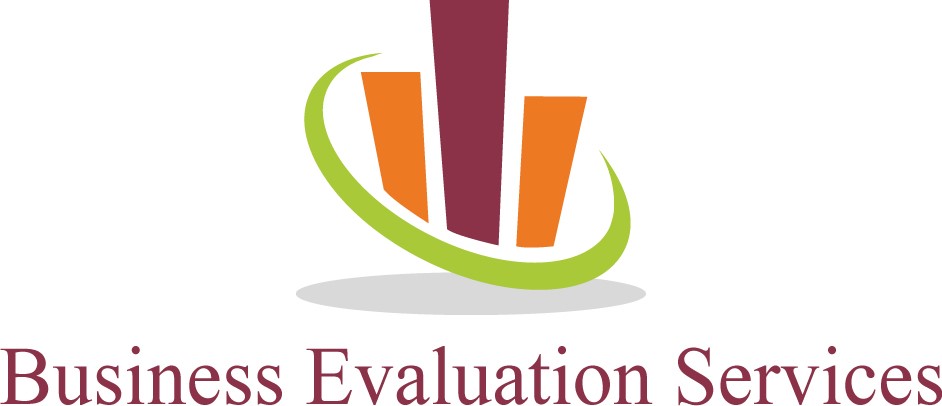 |
|
|
Solving the “Purpose Gap” between Executives and Workers |
There is a growing distance between how employees and top executives feel purpose is being activated inside America’s largest companies, according to a new study. |
 |
|
Photo: Getty Images
The Purpose Power Index is a first-of-its-kind research study to empirically rank companies based on public perception of their brand purpose. This year’s study, “The 2022 Purpose Power Index,” builds on the research conducted in the 2019 and 2021 studies, examining a range of brands, both big and small, from a range of categories. What really stole the show in this year’s study were the results from a new question we added regarding the perceptions of individual respondents toward their own employers.
Specifically, employed respondents were asked to rate their own company on higher purpose and whether they saw their company as being motivated by a purpose beyond profit. What was found is troubling. It can only be described as a distinct “Purpose Gap” within a large number of companies across a broad range of industries, where each respondent’s answer was tied to their seniority within a particular organization.
Some 72% of senior managers tended to believe that their company projected a clear purpose and operated within the mandates of this stated purpose. These individuals were sure that their entire organization was behind the purpose outlined and executed by the executive team, and that they were effective at bringing this purpose vision to life in the minds of consumers.
The trouble is, when we asked the average employee within these organizations whether they thought their company was effectively communicating a clear purpose beyond profit, only 45% of middle managers, frontline workers and junior staff agreed with their senior management counterparts. These lower rank employees expressed confusion as to what their employer’s higher purpose was and felt their employers did a poor job at communicating this purpose within or outside the organization.
The presence of such a substantial gap in perception between management and staff is clearly problematic. Having a purpose beyond profit has become an essential component of every organization’s branding efforts in today’s market. We’ve seen organizations, both big and small, thrive with purpose-based initiatives, as consumers increasingly vote with their wallets for brands that support societal, environmental, political and other important views that align with the consumer’s own views. And brands are recognizing that they need to stand for something authentic and meaningful, or risk becoming irrelevant to their customers.
When a company’s own employees aren’t even recognizing the value of such efforts it is obviously going to create issues. Communicating a brand’s purpose to the wider audience of consumers in the marketplace takes a unified front on the part of the brand to create a consistent message in both words and actions. Every interaction can be scrutinized heavily by a consumer, which means every customer service call, every product experience and every news story has the potential to become a positive or a negative brand experience. So, when a company’s employees are not perfectly aligned with the larger purpose efforts, that company can risk these efforts being rendered ineffective or even becoming detrimental to the overall customer loyalty to their brand.
There is a way to solve the Purpose Gap, the distance over time and down through the organization between a Purpose being announced and its continued understanding and use at the ‘bottom’ of the organization. We have an approach called Movement Thinking which essentially helps organizations not simply unveil purpose by the leadership team, but use it actively inside the organization, including purpose driven transformation. We are talking about the difference between ‘top down leadership’ (Do this because I tell you to do it) and ‘cross-company leadership’ (Let’s do this because we all want to do it – because it’s something that really matters to us).
We also stress that in order to leverage this asset’s power, the employee needs to be included every step of the way. They have both the institutional knowledge and the pulse of consumer sentiment. It only makes sense to give them a seat at the table and actively listen to their ideas and concerns. But more to the point, failure to do so can significantly hamper the company’s chance of achieving long-term success in their efforts, due to a lack of active employee engagement with and support of these efforts.
Further, brands need to remember that having a purpose-driven organization is not just about simply picking a cause to stand behind. It’s a soul-searching look at your brand’s DNA to uncover what really drives customers to become loyal advocates. And it all starts with inspiring executives and rank-and-file employees to have deep and thoughtful conversations together and shape a vision everyone can get behind. Embracing purpose within an organization needs to be much more than simply drafting a mission statement in a boardroom. The organization should instead look toward a plan of concrete actions that every employee can get behind to project commitment at every touch point with customers and general consumers.
The good news, though, is that many of the companies dealing with a Purpose Gap of their own are taking the problem seriously and effecting positive change within their organizations. Among the top-ranked purpose-led companies in the 2022 Purpose Power Index we see brands that previously lagged, like Google (#11), United Health Group (#12) and Pfizer (#13), entering the top 20 for the first time. We also see continued profitable success stories from our top two brands, Seventh Generation (#1) and TOMS (#2). So, we ultimately believe that the outlook is good and that as companies mature in their purpose-based initiatives, the Purpose Gap will close through thoughtful integration of these efforts throughout the organization.
Something else to consider So what about the purpose gap between your business and your customer. Are you and your customers on the same track? Are your associates turning your customers into advocates or assigns. We can give you insight into your customer’s experience and expectations. We can even provide you with your competitors service experience as it relates to yours. Ready to learn more? We’re here to help so give us a call. BY SCOTT GOODSON AND CARL PHILLIPS |
|
|
 |
|
|
|
Business Evaluation Services, PO Box 507, Arroyo Grande, CA 93421, 888-300-8292 |
